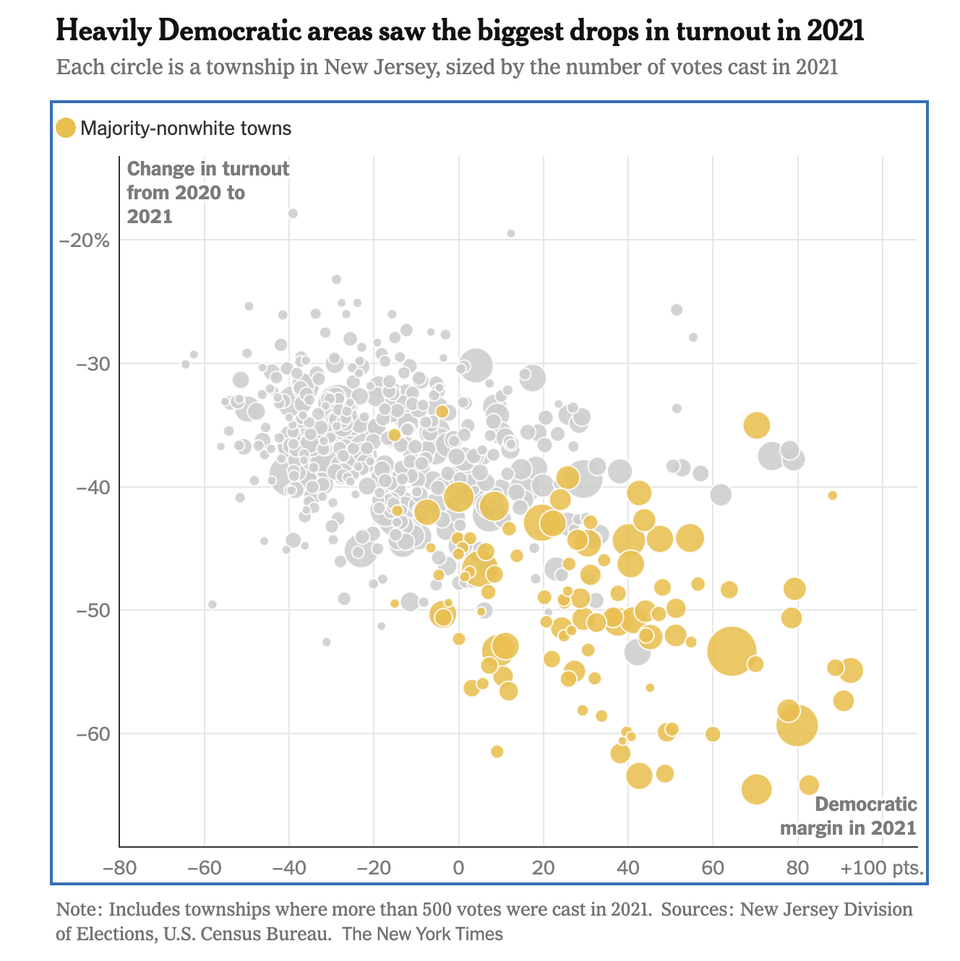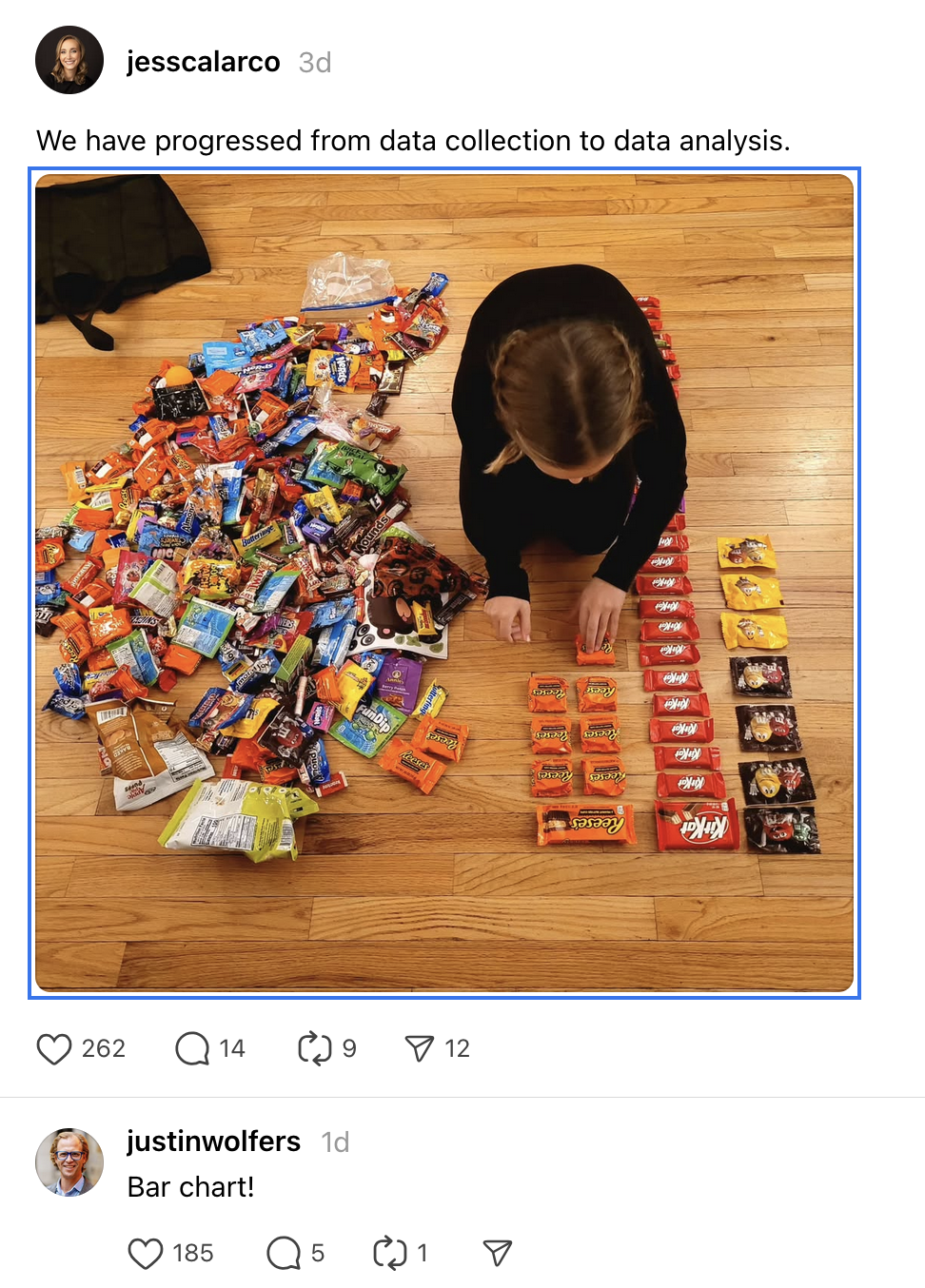Comment on a comment
Policy on Comments
Unlike some blogs, I do not censor comments (except for obvious spam comments, including commercials that are unrelated to the content of the posts). Junk Charts readers have been very impressive in contributing comments that are almost always relevant, constructive and provocative. In this regard, I am very grateful.
Because I don't censor, I typically only respond to posts that react to the contents of my posts.
J's Comment
Yesterday, J left a general comment about the entire premise of Junk Charts. I will give a general response here, and take the opportunity to share some thoughts about the blog, which I rarely do.
First of all, those who do not see any value in my blog are welcome to tune out. The blog has a particular point of view and that won't change. I do not market the blog so if you are reading it, you have found your way here, and I am sorry that you have not found it interesting.
Point of View
I believe the primary purpose of charts in the mass media is to convey information in a clear manner. I do understand that editors like to entertain readers, and have written occasionally about the sometimes conflicting objectives of clarity and beauty. The best charts manage to attain both. The point of view of Junk Charts is that when there is a conflict between the two, clarity comes first. This perspective is not new; Ed Tufte has preached it for years, and I am a big fan of his work.
Blogging and I
I have a full-time job as a statistician in industry. I work on the blog on my own free time. A typical blog post takes about three to five hours of work between carefully studying the original chart, collecting data, testing different alternative charts and writing up the posts. Some posts take days.
I started writing Junk Charts five years ago to connect with other people who are interested in how data can best be communicated through charts. I have been heartened to find so many kindred spirits out there, as evidenced by the variety of commentators and the numerous submissions from readers. Thank you!
I do not make money from this blog. I do not serve ads. I also do not pitch graphing software on the blog. (Marketers please note: I am happy to write about charts created by your software that highlight the software's strengths; I just don't have time to learn your software from scratch.) I do publish a wish list at the end of each year of books I'd love to have, and I am gratified that a few of you have liked the blog enough to contribute to my library. Thanks again.
Why I Don't Publish Professional Charts
The point of Junk Charts is to discuss how the featured charts are conceived, identify strengths and weaknesses, and explore alternative concepts. The alternative charts posted here contain sketches, hints, suggestions and illustration of the commentary; they are never intended to be publish-ready charts that can be dropped into any publication. Creating charts for this blog is not my full-time job.
Do Graphics Designers Read This Blog?
You bet. I have received a lot of favorable feedback from professionals in the graphics community. A lot of them, whose work is discussed on Junk Charts, regard Junk Charts as a great resource and treasure of ideas. They appreciate that there are people out there who spend considerable time examining their handiwork.
Take the case of New York Times. Their graphs feature frequently on Junk Charts. If their work is not consistently interesting, do you think I will bother writing about them? I love the Times, and love their support of printing large amounts of thought-provoking charts. The USA Today provides plenty of chartjunk, you won't see them on Junk Charts. Economist charts show up infrequently because they only use like five types of charts, and rarely inspires posts.
Why Aren't There More Positive Posts?
From the start, I intend to post about both good and bad charts. Over time, the not-so-good charts have outnumbered good charts. That's right. The unfortunate state of affairs is that good, innovative charts are not in abundance. Periodically, I ask readers to send in examples of good charts but roughly 95% of all submissions are examples of what not to do. I would gladly put up any good charts sent to me.
Self-Sufficiency
J's comment unfortunately garbled the very important notion of self-sufficiency. Self-sufficiency has nothing to do with whether a chart is publish-ready. It is the point of view that graphical elements should add to the data, not merely duplicate data. If every data element is printed on a chart next to each graphical construct, are the graphical elements adding anything to the chart? Is the reader, in effect, just reading a data table?
Finally, I wish to thank all loyal readers for your continued support.



